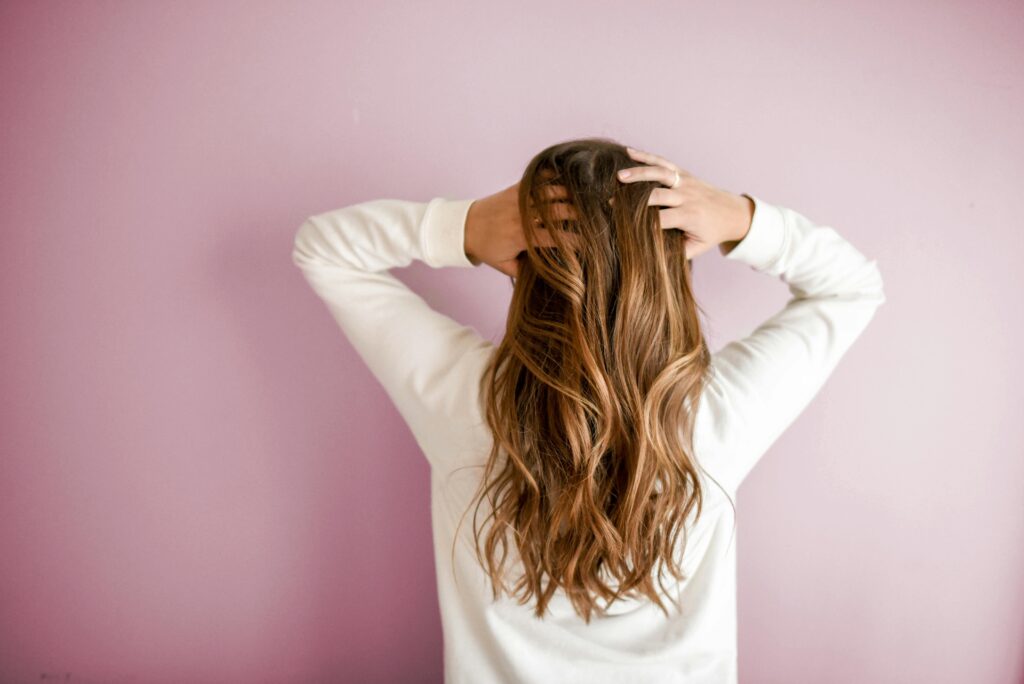Hair thinning isn’t the big, dramatic display like it’s portrayed in the movies. Not everyone has that moment when clumps of hair fall away in the shower. Most times, it starts with your hairbrush having more strands in it than you’d like, or you notice when you brush, more hair falls out than normal. All of a sudden, you notice a thinning patch here, a bald spot developing there, and next thing you know, you’re thrust into a panic, wondering how you’re going to cover these patches and what you need to do to deal with your thinning hair issue.
Let’s take a look at some strategies people use to deal with thinning hair.

Break Bad Habits
One of the best places to start is to address any bad habits you might have that are making things worse. Sometimes thinning hair is due to genetics, but often it’s made worse by how you treat your hair.
Heat styling, constant dye jobs, and bleaching all weaken the strands until they snap.
Then there are the tight ponytails or braids that tug at the roots. All of these actions can speed up hair loss or thinning hair around the hairline. Even stress and poor sleep can push hair into a shedding phase. Stopping these habits or making new beneficial habits that protect your hair can’t undo the damage you have done, but they can prevent further damage and potentially help promote hair regrowth.
Feed Your Hair
Your hair is made from protein, and when you’re not supporting it with your diet, it will show. Low iron, low vitamin D, and crash diets will be noticeable in your hair health. To give your hair what it needs, you should aim to add enough protein, healthy fats, and leafy greens to give your follicles the fuel they need. Supplements like zinc, biotin, and iron can help if you’re deficient, and for some people, this can really make a difference.
Medication Can Help
Thinning hair can, in some cases, be helped with specific shampoos and oils aimed at limiting breakage, thickening hair, and promoting growth. When these options don’t work, it’s time to look at more documented treatments that have been scientifically shown to have benefits.
Minoxidil is a foam or liquid for both men and women suffering from thinning hair or hair loss that can be prescribed, while finasteride is a tablet for men only that supports hair growth. They’re not quick fixes and need to be used consistently over the course of a few months at least to see the result, but for a scientific fix, they have great options to consider.
Hair Transplants
If your thinning or hair loss has gone beyond what styling changes and medications can help with, there are hair transplants that could be the next step. An FUE transplant takes small clusters of hair from the back of your scalp and moves them to thinner areas, while an ARTAS hair transplant is a robotic hair transplant procedure that harvests follicular units and creates aesthetically pleasing recipient sites for replantation.
